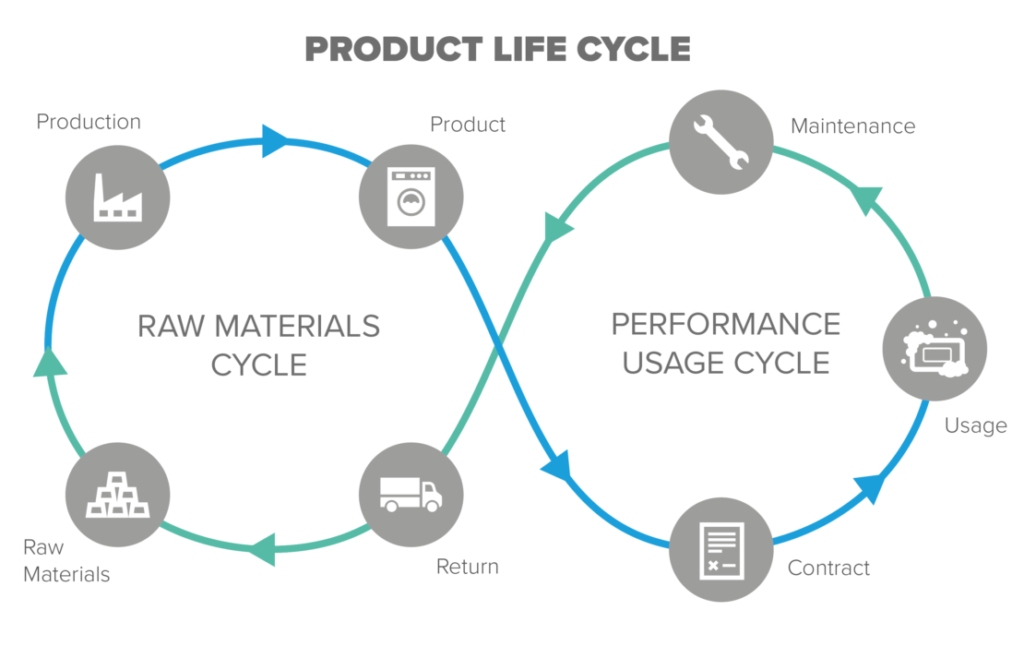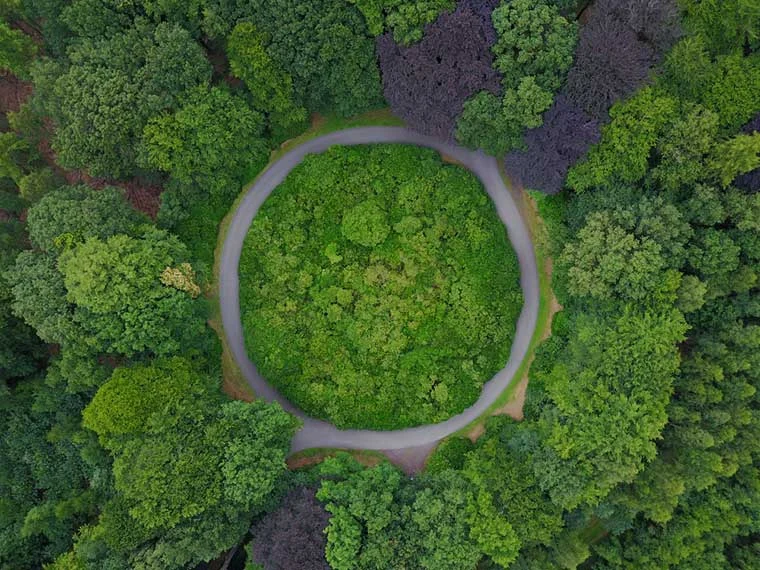This question is being tackled by designers and engineers as plastics and disposable products are becoming undesirable choices. But do we need to look beyond just a change in the design of the product itself, and reconsider both the way in which it’s consumed and the model in which it’s owned?
Those who want light, currently buy lamps. In general, this is a fairly good description of how we have consumed products for a long time. However, recently we’ve started to see more examples of a change in the model of ownership across a wide range of different industries.
The music industry is a prime example. We used to buy CD’s and now we simply buy a subscription to Spotify. However, it doesn’t stop there. Over the last 10 years we’ve seen numerous successful product-as-a-service (PaaS) models from Uber and E-scooters to SodaStream and Rolls Royce Engines.
In fact, one of the first examples of applying this type of thinking was by Rolls Royce. Airlines struggled to keep track and maintain their engines to the appropriate standard, and simply wanted to focus on flying their customers from A to B. Rolls Royce realised this and developed a new subscription model called “power-by-the-hour”.
For an hourly usage rate, Rolls Royce would handle all the installation and maintenance of their engines. Airlines were happy as the cost of repair was consistent and liability for engine failures were minimised. The advantage for Rolls Royce was that they could now invest heavily into studying how their engines were performing, allowing them to detect faults and make improvements to their design. A clear win-win for both parties!
Is your market ready for PaaS?
A PaaS can be both a valuable and sustainable business model. If the product is usable, repairable, and durable, then it has the potential to have an infinite life in infinite hands. So, this considered, should you start selling light hours instead of lamps? Sit hours instead of chairs? And washing cycles instead of washing machines?
A good place to start would be to ask yourself if your product is ready to be considered as a service. It may be that it just suits a service model instantly, but there may have also been a very good reason why your product began with traditional purchase model roots. It’s also important to consider how a product fits into its surrounding environment and assess all of the external factors and risks involved.
What are your quadruple bottom line returns?
One way to help understand all these external factors is by thinking about the quadruple bottom line – a simple tool to understand the wider perspective of the sustainability of your product. Where there’s a single bottom line in the finance world, there are four in circular design; economic, social, environmental, and motivational. This way of thinking was born to demonstrate the importance and benefits in going beyond the financial bottom line to express value creation. While it’s not as clear as to how to account for the latter of these as easily as your economic return, it’s important to understand that beyond your financial bottom line there are wider social, environmental and motivational returns that must be considered.
In general terms a quadruple bottom line for sustainable product development can be defined as follows:
Economic
In addition to a traditional business model analysis including all the costs involved, you must understand the financial requirements of your consumer and ensure that your revenue is earnt both responsibly and repeatably.
Social
Everything an organisation does starts and ends with people. Understanding the needs and requirements of not just the end user, but all your different stakeholders is crucial. You must take care of everyone who touches your product; consumers, communities, and stakeholders.
Environmental
Design with the initiative to reduce, reuse and recycle. Ultimately you need to consider how this will benefit the environment. When you prioritise the health of the planet, everyone benefits. You may also want to consider a detailed life cycle assessment as part of your planning.
Motivation
Build the desire and purpose for your product. It needs to be a win-win and the consumer needs to see that you have a common goal. You must gain the trust of your consumer, stay engaged and thoroughly understand their needs. Finally, the service provided to the consumer must get better over time.
So, you think your product is ready to be steered towards a more sustainable PaaS model? Your next step is to think about exactly why your customers currently buy your products. For example, most of us don’t go and buy a toaster because we want a toaster. We buy one because we want toast.
Think circular
The key is to look at the raw materials of your product separately to the performance provided by it. When thinking about the service that you are going to provide to your customers, it helps to consider both the raw materials and the performance usage as two separate independent cycles within the overall product life cycle.
You retain the ownership of the raw materials and your customer only pays for the performance they use. A contract is put in place to ensure the product is returned after use, and these raw materials can then be either re-used or responsibly re-cycled to form another product. A bit like renting the use of a product instead of owning it, this methodology forms an essential part of the principles underlying the circular economy.

How to design your product to last a lifetime
In summary, at the heart of a good product is the need to create the best possible experience for the end user. If we want this experience to both last a lifetime and be as sustainable as possible, then switching to a service-based model may well be the answer.
However, the challenge of creating a successful PaaS is not that simple. Nevertheless, as designers we can help uncover the solutions by focusing on four key aspects that must be considered if circularity is going to fly:
- Evaluating your market readiness
- Optimising your quadruple bottom line returns
- Implementing a circular product life cycle
- Designing your product for its extended life

